
Don’t continually edit during the first draft. How many times have we been told that? Just write. Just get it down. Don’t worry about whether it’s good–it’s not supposed to be. Don’t edit while you write! Save that chore for after the first draft is done.
I have yet to obey that command, and I’m sure everyone who is a regular reader of this blog knows it, because I’ve written about it enough. I edit while I write because I know something’s wrong and it makes me nuts. I edit while I write because I’ve had to change something in the new day’s material and have to go back and tweak until everything is harmonious. And now, I’ve discovered yet another reason why I edit while I write: I keep forgetting what I’ve written before and where I was going with it.
I’ve been reading Tosca Lee’s rules for first drafts in her newsletter (also on her blog). I nod my head with everything she says, because I can relate, especially to her first installment “First Drafts–Take the Ride Yourself.” Well, okay–I can relate to the first paragraph of that post, “A friend recently asked me if I enjoyed writing. My honest answer was, ‘Sometimes.’” I can relate to this and to another line in those early paragraphs: “But that first, initial draft? Pull my fingernails out from the beds with pliers, why don’t you.”
Tosca says she’s a second or third draft writer. I’m a first and second draft writer, I guess. I want everything as near perfect as I can get it before I send it to my primary critique partner. Meaning I go back for both major overhauls and minor tweaks as I write. I reread the manuscript a multitude of times, until there are no more overhauls and only minor tweaks. Then Katie finds the big bugs, I fix them, and consider the work done.
But one of the reasons for this, I now realize, is that too much time often passes between one writing session and the next.
In “Rule #3: Don’t break too long between writing sessions,” Tosca says:
Every stretch of time you’re away is an opportunity to drop strands that become that much harder to pick up later, and to lose your sense of flow. Keep it immediate. Put in as much regular, consecutive time as you can.*
Although I have set writing hours, life and fatigue get in the way far too often for me to put in a lot of regular, consecutive time. I’m healthier, and I last longer than I did before, but uninterrupted periods of time are still hard to come by. I can be on a roll, then have to run to Bryan for a few days (not that I mind–Mom time is important to me), or weekend plans will break my stride, then I have to get a running start again. And I’ve never been able to just read without editing a little. Those edits can include whacking out or rewriting entire scenes or simply changing words or adding commas.
This violates Tosca’s “Rule #2: Don’t stop and go back.” The primary danger of violating this rule, according to her, is: “Because they [manuscripts] never [get] finished. The biggest discrepancy between those who want to write and those who do is one simple word: finishing.”
Mine do–eventually. Well, except for Corporate Ladder. That one’s the thorn in my side, and I don’t know what will happen in the love/hate relationship I have with Debra Chandler. Her story is far more difficult to tell than I first thought. Otherwise, though, I’ve finished most of my manuscripts, even though a couple of them were never published and never will be.
But my way works for me. I’d love to do as Tosca says, as Anne Lamott and countless others say, and write that hideous first draft without going back to edit. Everyone who has read my blog this year knows I tried.
Still, Give the Lady a Ride was an award winner and The Cat Lady’s Secret was a finalist for an award. My way of writing can’t be all bad.
~~~~~~~~
* As of the date of writing my post, Tosca’s “Rule #3” was available only in her newsletter. I’m not sure when she will put it up in her blog, but be sure to catch her whole series there.

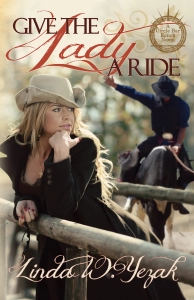




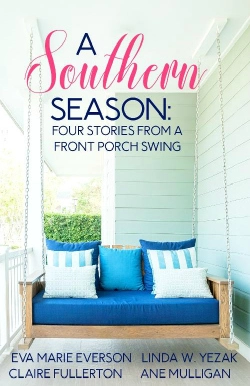
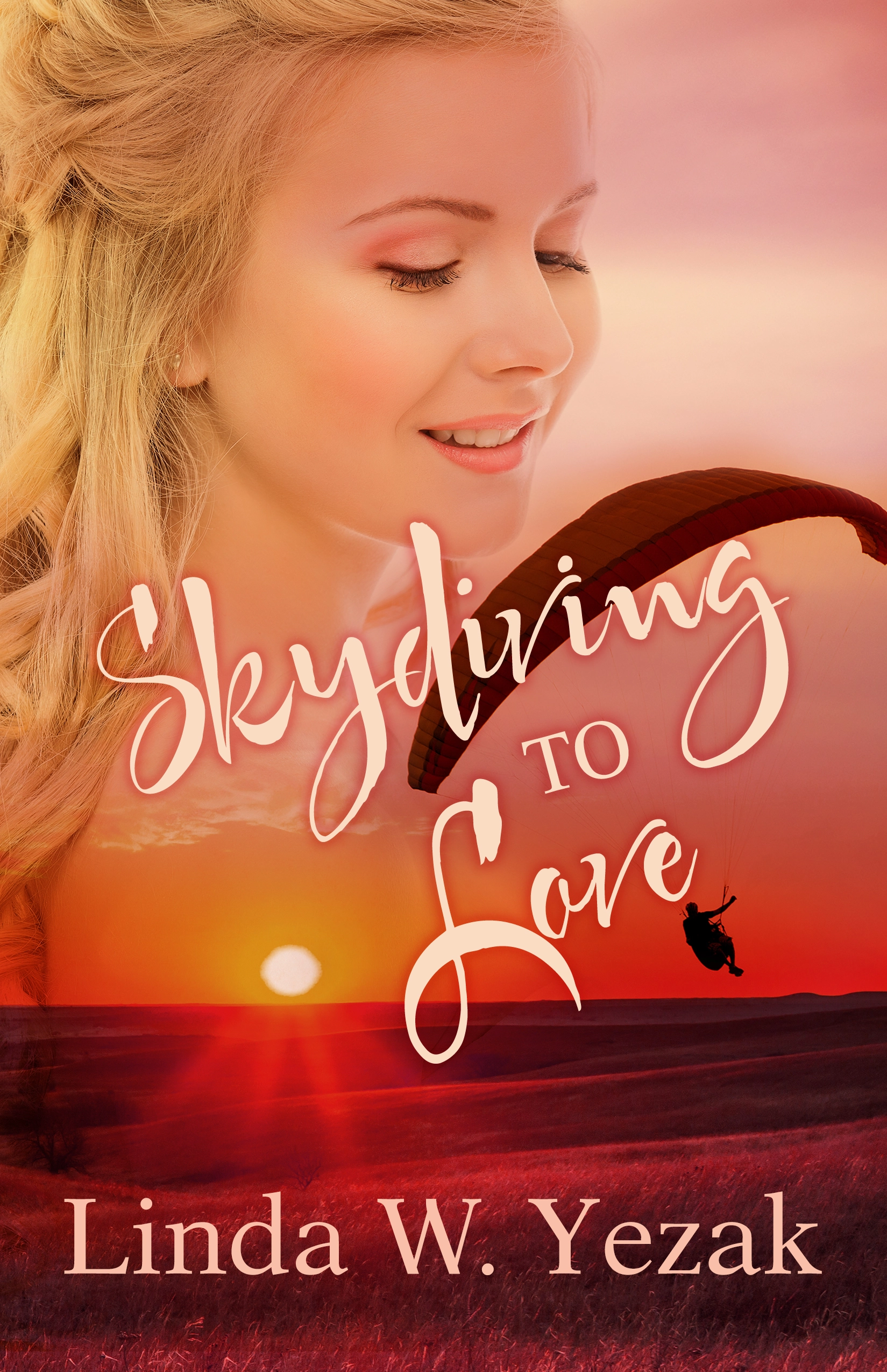
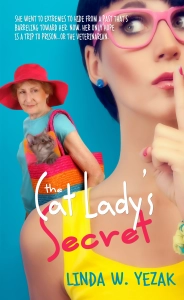






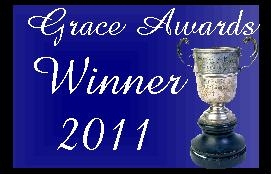


Linda, I’m like you. In fact, I’ll often begin my day by editing yesterday’s work to get back into the story. That way, I don’t send my crit partners drivel. I may do several drafts of the first two chapters, sending those to my CPs. After that, I’ve got the tone of the book down. Then it’s “straight on till morning.” After I apply their crits, I print it and do a read through, and edit again. Finally, it goes to my beta reader. She picks up any plot holes, missing or double words, and any typos we missed. It seems to work for me.
LikeLike
You sound like a sister in “crime,” except I don’t have a “straight on till morning.” I’m always going back, sometimes–like you say–just editing yesterday’s work. But if I’m gone long enough, I’ll go back through several chapters.
LikeLike
Linda, I am occasionally temped to edit while writing the 1st draft, but I’ve learned that if I do, it stops the right brain creativity. Free-writing means turning off the editor. Thought provoking post. Thanks.
LikeLike
I usually edit before my writing session, so generally, it kicks my brain into gear. 😉
LikeLike
I edit while I write for the same reasons you mentioned 🙂
LikeLike
Sister!
LikeLiked by 1 person
Raising my hand too! Hey, if it works… 😀
LikeLike
Welcome to the club.
LikeLike